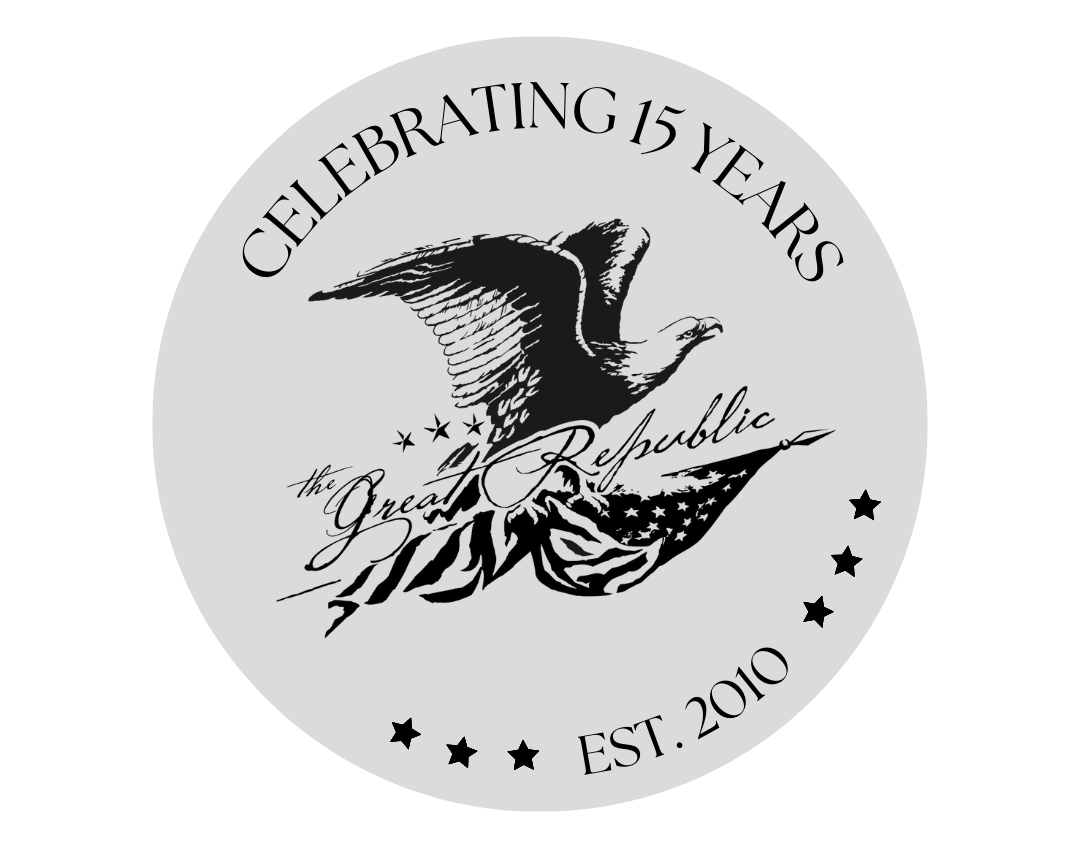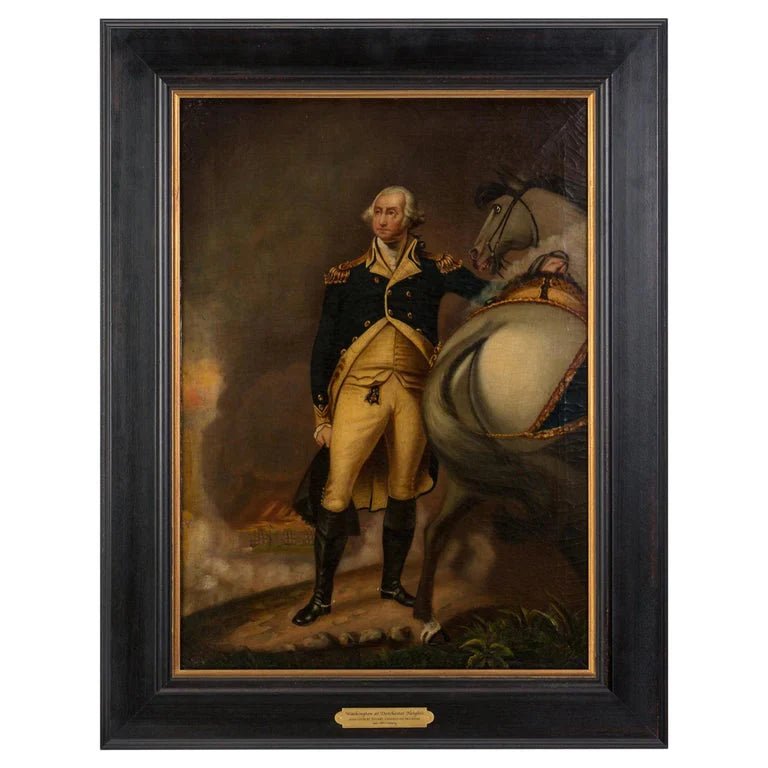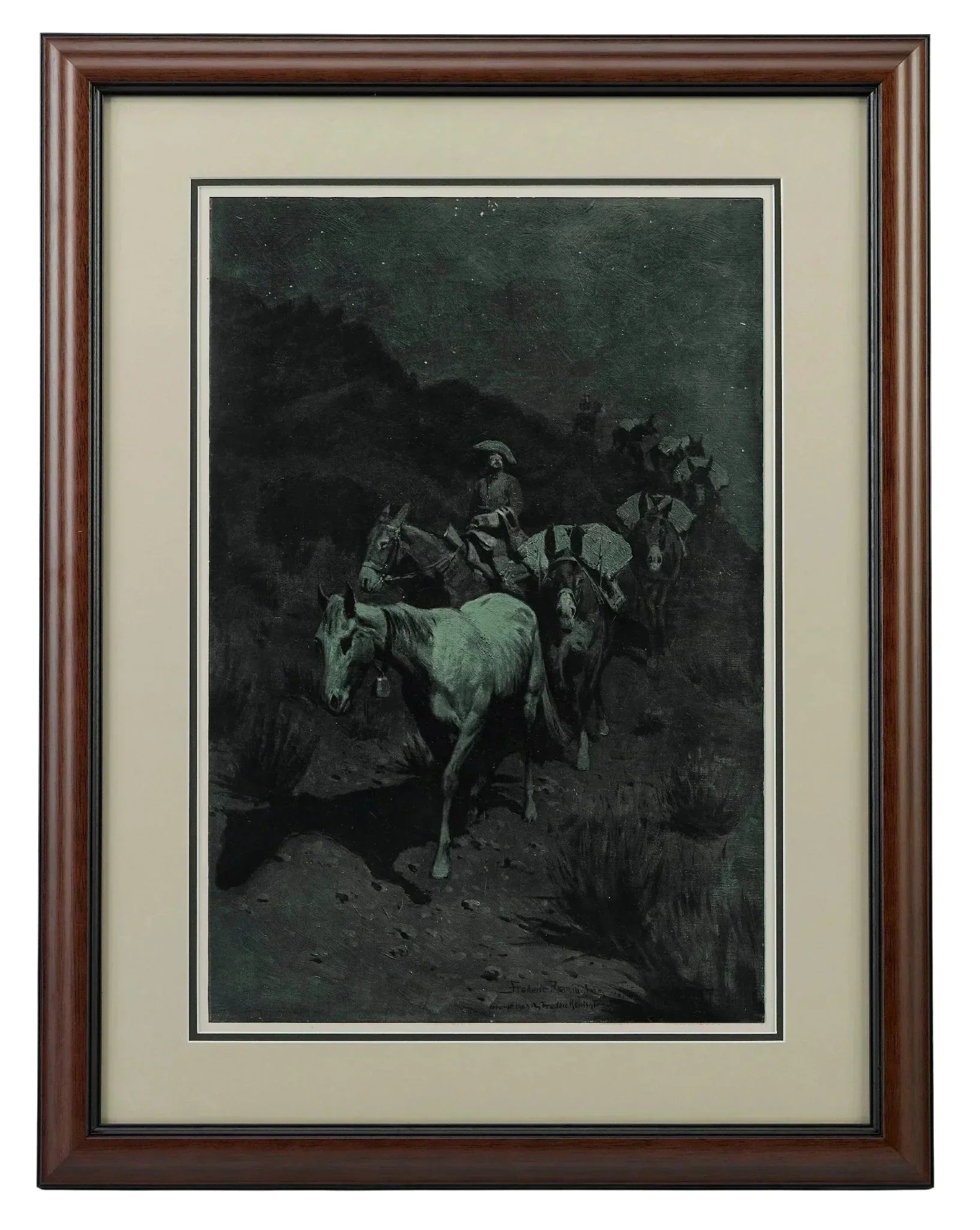Admiral Halsey: An American Naval Hero
During World War II, the U.S. Navy fought in every ocean of the world, but it was the war in the Pacific against the Empire of Japan that would have the greatest impact on shaping the future of the U.S. Navy. The impact was profound, thanks to the strategic and organizational leadership of our Navy Admirals.
William F. “Bull” Halsey (1882-1959) was an American Admiral who led the task force attack on the Marshall and Gilbert islands and became commander of Allied naval forces in South Pacific commanding at the Solomon Islands and Leyte Gulf.
Halsey graduated from the Naval Academy in 1904 and promptly moved through the ranks. At the time of the attack on Pearl Harbor, Halsey’s forces were virtually the only operational battle group in the Pacific to launch attacks. Halsey and his fleet were responsible for leading surprise forays on Japanese islands and facilitated the famous first bombings of Tokyo with Lt. Doolittle. He was appointed Commander of all Allied naval forces in the South Pacific and “placed in action the greatest mass of sea power ever assembled and initiated attacks on the enemy's naval and air forces, shipping, shipyards and coastal objectives…”
Throughout the war Halsey led carrier task forces on successful airstrikes, covered and supported land operations, virtually destroyed the Japanese naval fleet, and from May to September 1945 led forces in final naval operations in Okinawa. During his career, he was awarded the Distinguished Service Medal and three Gold Stars for “brilliant and audacious attack[s].” He was also awarded the Ribbon for Presidential Unit Citation for the USS Enterprise, "for consistently outstanding performance and distinguished achievements during repeated action against enemy Japanese forces…” By the end of the war, naval and air forces under Admiral Halsey's command had destroyed or damaged nearly 3,000 of the enemy's planes and had sunk or disabled 1,650 of his combatant and merchant vessels.
Admiral Halsey is a WWII American naval hero and these first edition memoirs, posters, and signatures help to celebrate this unforgettable historical figure.








